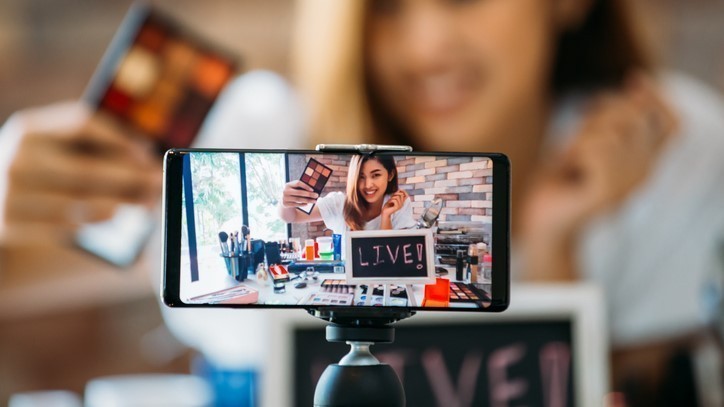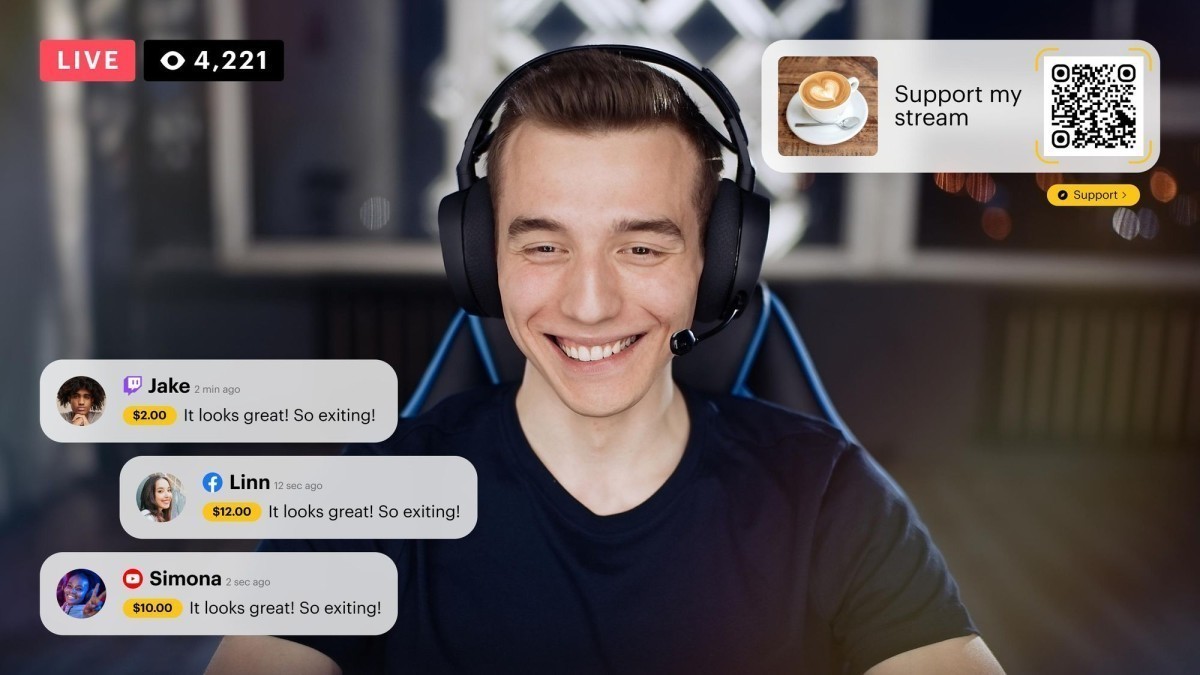Livestreaming Success: Tips for Hosting Engaging Live Sessions on Your Content Channel
Livestreaming has emerged as a powerful tool for content creators and businesses to engage with their audience in real-time. Whether you're hosting a Q&A session, a product launch, or a casual chat, live streaming offers a unique opportunity to connect with viewers directly and build a dynamic community. However, creating a successful livestream requires more than just hitting the "go live" button. From planning and preparation to engagement and follow-up, here are essential tips for hosting engaging live sessions on your content channel.



Planning Your Livestream: Set the Stage for Success
Define Your Goals and Audience
Before you go live, it’s crucial to define the purpose of your livestream and understand your target audience. Are you aiming to educate, entertain, or promote? Identifying your goals will help tailor your content and presentation style to meet the expectations of your viewers. Knowing your audience’s preferences and interests will guide your content and make the livestream more relevant and engaging.
Choose the Right Platform
Selecting the right platform for your livestream is essential. Different platforms offer various features and reach, so choose one that aligns with your goals. Popular options include:
-
YouTube Live: Great for reaching a broad audience and leveraging YouTube’s robust search capabilities.
-
Twitch: Ideal for gaming content and interactive streams.
-
Facebook Live: Useful for connecting with your Facebook audience and integrating with your page.
-
Instagram Live: Perfect for quick, personal interactions with your followers.
Consider your audience’s preferences and the platform’s capabilities to ensure the best streaming experience.
Plan Your Content and Schedule
Outline the key points and structure of your livestream to keep it focused and engaging. Create a content plan that includes:
-
Introduction: Start with a brief introduction and overview of what viewers can expect.
-
Main Content: Present your main topics or activities, such as demonstrations, discussions, or interviews.
-
Q&A or Interaction: Allocate time for audience questions or interactive segments.
-
Conclusion: Wrap up with a summary and call-to-action, encouraging viewers to follow, subscribe, or visit your website.
Schedule your livestream at a time that aligns with your audience’s availability. Use analytics and past engagement data to determine the optimal time for maximum viewership.
Setting Up for Success: Technical and Environmental Considerations
Invest in Quality Equipment
High-quality audio and video are crucial for a professional livestream. Invest in:
-
Camera: A good webcam or DSLR camera will enhance video quality.
-
Microphone: A high-quality microphone ensures clear audio, which is vital for engaging communication.
-
Lighting: Proper lighting reduces shadows and improves video clarity. Consider using softbox lights or ring lights.
-
Tripod or Mount: Use a stable tripod or mount to keep your camera steady and avoid shaky footage.
Test Your Setup
Before going live, perform a test run to check your equipment, internet connection, and streaming software. Test the audio levels, video quality, and any interactive features you plan to use. Ensure that everything is functioning correctly to avoid technical issues during the live session.
Create an Engaging Visual Layout
Design a visually appealing stream layout that includes your branding, overlays, and any relevant information. Use tools like OBS Studio or Streamlabs to create a professional-looking stream with overlays, alerts, and transitions. Make sure the layout is clean and does not distract from the content.
Engaging Your Audience: Keep Viewers Hooked
Promote Your Livestream
Build anticipation for your livestream by promoting it in advance. Use social media, email newsletters, and your website to inform your audience about the date, time, and topic of your session. Create eye-catching graphics and teasers to generate excitement and remind viewers to tune in.
Interact in Real-Time
Engagement is key to a successful livestream. Interact with your viewers by:
-
Acknowledging Comments: Respond to comments and questions in real-time to make viewers feel heard and valued.
-
Encouraging Participation: Use polls, quizzes, or live chat to involve viewers in the session.
-
Personalizing Responses: Address viewers by name and tailor your responses to their questions or comments.
Engaging with your audience creates a sense of community and makes the livestream more enjoyable for everyone involved.
Keep Energy Levels High
Maintain a positive and energetic demeanor throughout the livestream. Enthusiasm is contagious and helps keep viewers interested and engaged. Use engaging visuals, dynamic content, and lively discussions to sustain energy levels and capture viewers’ attention.
Post-Livestream: Analyze and Improve
Review Performance Metrics
After the livestream, review performance metrics to gauge its success. Analyze data such as viewership numbers, engagement rates, and audience feedback. Platforms like YouTube and Facebook provide detailed analytics that can help you understand what worked well and what areas need improvement.
Gather Viewer Feedback
Solicit feedback from your viewers to gain insights into their experience. Use surveys, social media polls, or direct messages to gather opinions on what they liked and what could be improved. Constructive feedback can guide your future livestreams and help you refine your approach.
Repurpose Content
Leverage the content from your livestream by repurposing it for other platforms. Edit highlights or create clips to share on social media, blogs, or your website. This not only extends the reach of your content but also provides value to those who may have missed the live session.



Hosting a successful livestream involves careful planning, technical preparation, and active audience engagement. By defining your goals, choosing the right platform, and investing in quality equipment, you set the stage for a professional and engaging live session. Interacting with your viewers in real-time and analyzing performance metrics afterward helps you refine your approach and improve future livestreams. Embrace the dynamic nature of live streaming to connect with your audience, share your passion, and create memorable experiences.












